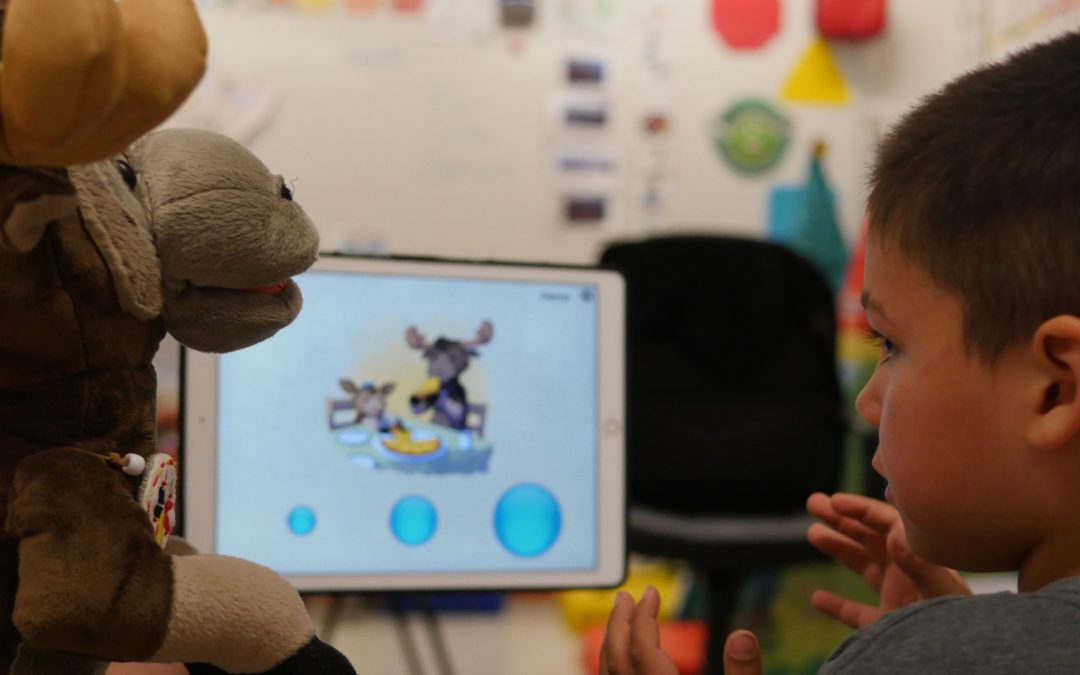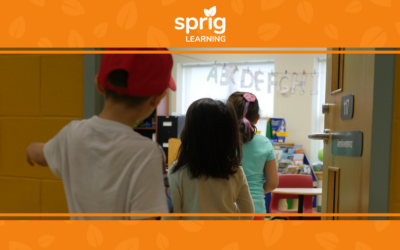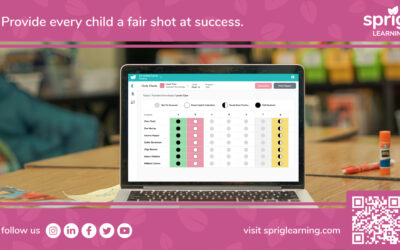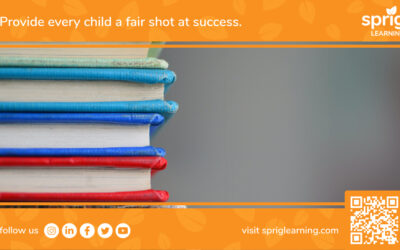Just like role models play a vital part in education, so too does culturally relevant content. Culturally responsive teaching has been a topic in education since the 1970’s, so it’s a wonder why many education systems continue to use the ‘melting pot’ approach. Learning is proven to be enhanced when children can relate to lessons on a cultural level. Before this can happen though, it’s important to understand what it means at a teaching level.
Switching from Melting Pot to Mosaic
Culturally responsive teachers may have to abandon old ideas about cultural deficits. They must be careful not to convey judgment that might reflect upon students’ families, friends or histories. This often means looking inwards to address their own assumptions about behaviours, like the caregiver who forgot to sign the student’s agenda or missed a parent-teacher interview.
A culturally responsive teacher is grounded in pedagogical practices. They teach ideas and social relationships that enhance learning by relating the curriculum to students’ backgrounds, establishing connections with families and communities, understanding cultural experiences, creating shared learning experiences, and recognizing cultural differences as strengths.
By acknowledging a child’s specific needs, beliefs and backgrounds, curriculums could shift from the traditional ‘melting pot’ to a more inclusive ‘mosaic’ approach. But before making the switch, it’s important to understand culturally responsive teaching spans deeper than just culture.
According to Gloria Ladson-Billings, culturally responsive teaching is a pedagogy that empowers students intellectually, socially, emotionally and politically. Adopting culturally responsive teaching in your own practice means getting to know students in a way that is personal and individual. It’s important to embrace a student’s racial or ethnic background, but it’s only a fragment of their identity. Recognizing and respecting students means learning how they learn and about their areas of interest.
To be effective, teachers must show courage, confidence and capability in the classroom.
Responding to The Need For Change
What makes culturally responsive teaching so important is how it filters content and teaching through cultural frames of reference. For example, if you ask a young Indigenous student in northern Saskatchewan what sound a subway train makes, they may have never even heard of one. Ask a Caucasian student from Toronto the same question and it’s a different story. The same could be said for an African-American student being taught to revere the discoveries of Christopher Columbus, an explorer known to have African slaves. Students whose lives and cultures are not treated as equal are less likely to buy into learning, whereas those who are empowered and feel valued will be ready to learn.
“While “caring about” conveys feelings of concern for one’s state of being, “caring for” is active engagement in doing something to positively affect it.”
– Geneva Gay, Culturally Responsive Teaching: Theory, Research, and Practice
With a culturally responsive curriculum, it makes room for learning opportunities that connect students to different cultures inside and outside the classroom. These connections can be made through something as simple as teaching a lesson through pop culture, movies or music the class will enjoy. The goal of culturally responsive teaching is to empower students and to expand their capabilities in other spheres of learning by making their own skills, languages and attitudes meaningful in the classroom.
The best way to establish meaningful, culturally responsive teaching is through collaboration. Connecting educators, caregivers and members of the community in student learning encourages sharing their wealth of cultural knowledge with students. Not only that, but when students see collaboration and mutual respect, they’re more likely to buy into their own education in meaningful ways.
Encouraging the use of native languages in class is another way to be culturally responsive. Encouraging students to use their native languages in class can result in students’ to be fluent in both the standard classroom language and native languages.
Connecting Cultural Responsiveness With Current Curriculums
What it boils down to is culture and heritage are two things that no one chooses. They are an unconditional part of being human and should be treated with the same respect and privilege that education commands.
Without engaging cultural responsiveness, it’s inaccurate for educators to claim that they can attend to the needs of different students. Keeping up with current ‘melting pot’ academic practices will continue to influence students in divorcing themselves from their cultural backgrounds.
The key to connecting cultural responsiveness with curriculums is technology. It’s no secret that technology is a fantastic tool at making connections in education, but the important part is finding technology that connects caregivers, students, educators and community to bring cultural context to the classroom and enhance learning for every student.
More from the Sprig Blog
Improve Student Achievement in Early Learning: Learn from 5 Remarkable Case Studies (Looking At 16 Schools)
At Sprig Learning, our focus lies in finding effective early learning solutions tailored for teachers instructing preK to Grade 3 children.
The mission involves facilitating successful learning experiences by presenting proven strategies that have worked for various schools, families and communities.
Sprig has previously presented stories and themes centered around enhancing early learning in school districts. This article covers successful case studies. It sheds light on 5 compelling case studies derived from 16 different schools across the US.
Each case study is paired with key takeaways, providing valuable insights for both educators and administrators.
5 More Emerging Themes for Success in Early Literacy
Building on this week’s article, 5 Emerging Themes in Improving Early Literacy, Sprig Learning is thrilled to present 5 more of such themes for success in early literacy.
Hopefully, this series has been useful in getting ideas and inspiration for taking on initiatives to improve the quality of early literacy programs in your classrooms and schools.
There are more stories corroborating these themes, or exploring new themes that may be just as useful in rethinking existing literacy initiatives at your school.
Without further ado, here are 5 more emerging themes in improving early literacy. Let’s nurture a generation of confident and enthusiastic readers together!
5 Emerging Themes in Improving Early Literacy
In December of last year, Sprig Learning published 46 Stories of Improving Early Literacy Achievement in Schools. If you haven’t had the chance to read it yet, it is highly recommended. It features 46 amazing stories that offer valuable insights and inspiration for improving literacy in schools and preschools.
Out of the 46 stories, 7 were showcased in the early learning centers/preschool section, while the remaining 39 were highlighted in the school/school districts/school boards section.
Additional stories from past editions of the newsletter have been organized into 5 more themes, each offering valuable insights for early literacy achievement.
The 5 themes are as follows…




